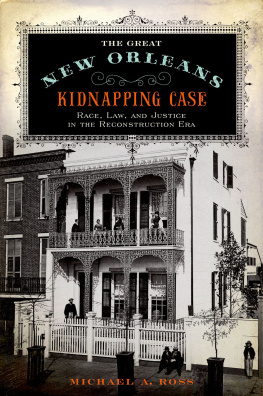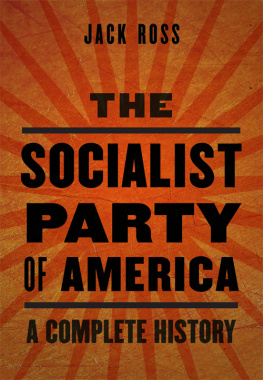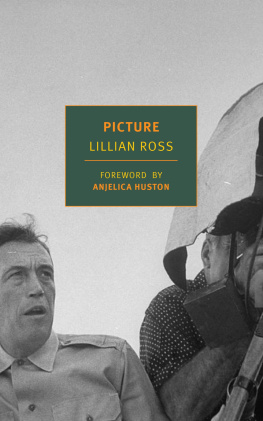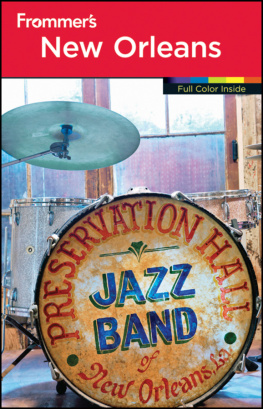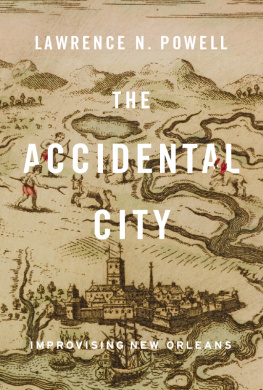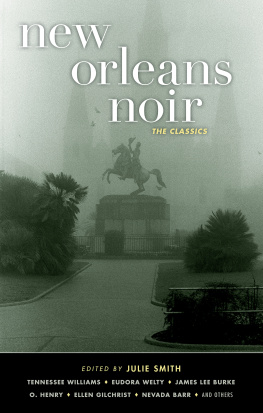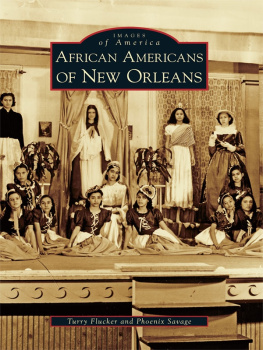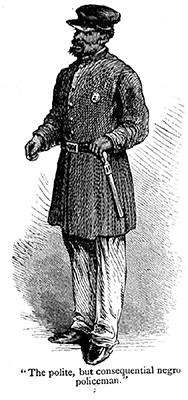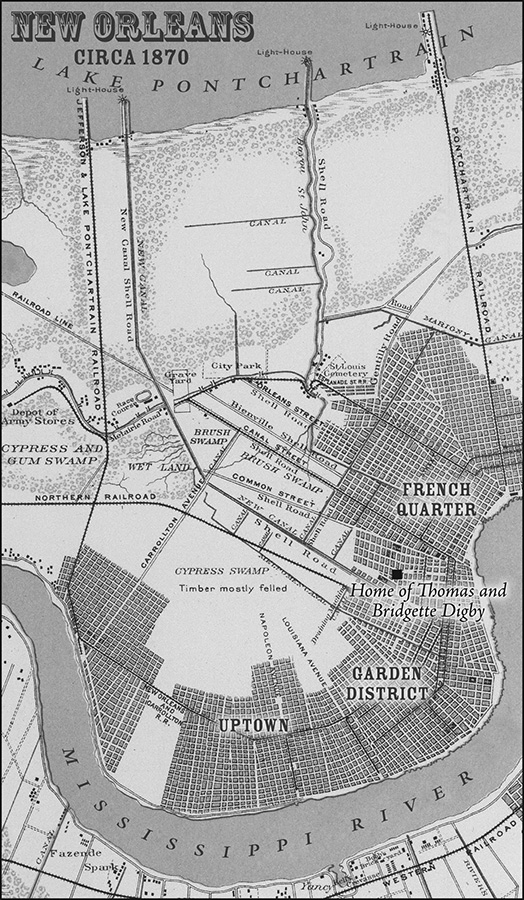Ross - The great New Orleans kidnapping case : race, law, and justice in the reconstruction era
Here you can read online Ross - The great New Orleans kidnapping case : race, law, and justice in the reconstruction era full text of the book (entire story) in english for free. Download pdf and epub, get meaning, cover and reviews about this ebook. City: Louisiana--New Orleans., New Orleans (La.), year: 2015, publisher: Oxford University Press, genre: Politics. Description of the work, (preface) as well as reviews are available. Best literature library LitArk.com created for fans of good reading and offers a wide selection of genres:
Romance novel
Science fiction
Adventure
Detective
Science
History
Home and family
Prose
Art
Politics
Computer
Non-fiction
Religion
Business
Children
Humor
Choose a favorite category and find really read worthwhile books. Enjoy immersion in the world of imagination, feel the emotions of the characters or learn something new for yourself, make an fascinating discovery.
- Book:The great New Orleans kidnapping case : race, law, and justice in the reconstruction era
- Author:
- Publisher:Oxford University Press
- Genre:
- Year:2015
- City:Louisiana--New Orleans., New Orleans (La.)
- Rating:4 / 5
- Favourites:Add to favourites
- Your mark:
The great New Orleans kidnapping case : race, law, and justice in the reconstruction era: summary, description and annotation
We offer to read an annotation, description, summary or preface (depends on what the author of the book "The great New Orleans kidnapping case : race, law, and justice in the reconstruction era" wrote himself). If you haven't found the necessary information about the book — write in the comments, we will try to find it.
Winner of the New Orleans Public Library Foundation Choice Award for Non-Fiction.
In June 1870, the residents of the city of New Orleans were already on edge when two African American women kidnapped seventeen-month-old Mollie Digby from in front of her New Orleans home. It was the height of Radical Reconstruction, and the old racial order had been turned upside down: black men now voted, held office, sat on juries, and served as policemen. Nervous white residents, certain that the end of slavery and resulting Africanization of the city would bring chaos, pointed to the Digby abduction as proof that no white child was safe. Louisianas twenty-eight-year old Reconstruction governor, Henry Clay Warmoth, hoping to use the investigation of the kidnapping to validate his newly integrated police force to the highly suspicious white population of New Orleans, saw to it that the citys best Afro-Creole detective, John Baptiste Jourdain, was put on the case, and offered a huge reward for the return of Mollie Digby and the capture of her kidnappers. When the Associated Press sent the story out on the wire, newspaper readers around the country began to follow the New Orleans mystery. Eventually, police and prosecutors put two strikingly beautiful Afro-Creole women on trial for the crime, and interest in the case exploded as a tense courtroom drama unfolded.
In The Great New Orleans Kidnapping Case, Michael Ross offers the first full account of this event that electrified the South at one of the most critical moments in the history of American race relations. Tracing the crime from the moment it was committed through the highly publicized investigation and sensationalized trial that followed, all the while chronicling the public outcry and escalating hysteria as news and rumors surrounding the crime spread, Ross paints a vivid picture of the Reconstruction-era South and the complexities and possibilities that faced the newly integrated society. Leading readers into smoke-filled concert saloons, Garden District drawing rooms, sweltering courthouses, and squalid prisons, Ross brings this fascinating era back to life.
A stunning work of historical recreation, The Great New Orleans Kidnapping Case is sure to captivate anyone interested in true crime, the Civil War and its aftermath, and the history of New Orleans and the American South.
Ross: author's other books
Who wrote The great New Orleans kidnapping case : race, law, and justice in the reconstruction era? Find out the surname, the name of the author of the book and a list of all author's works by series.

